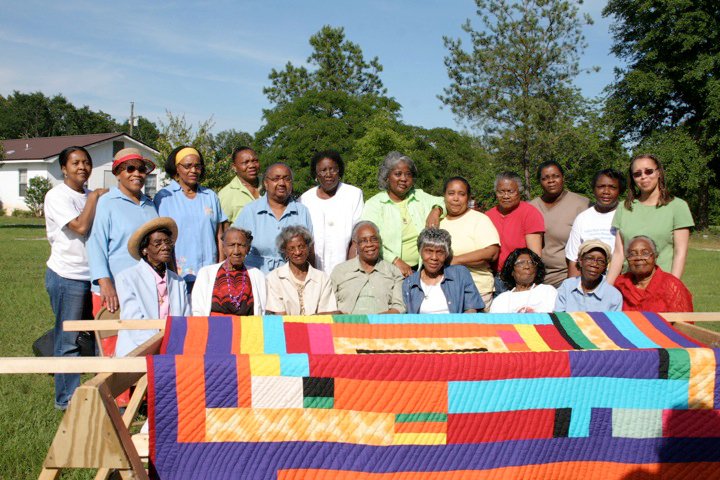Destination Planning – Leading your Destination’s Development and Stewardship
Creating a long-term plan for a destination is critical to ensuring that a Destination Management Organization (DMO) is actively and continuously serving the needs and dealing with the challenges in a community. Creating a Destination Management Plan (DMP) helps a DMO to establish goals, measure against targets, and recruit people who are interested in a project or business, all of which encourage active involvement from people and businesses outside of government.
Stakeholder Participation
A stakeholder is a person with an interest or concern in something, especially a business. When working with businesses that are members of a DMO, highlighting services is key to maintaining their interest. If stakeholders feel they aren’t receiving benefits from their membership, they are unlikely to want to stay on as members year after year. Participatory planning is crucial to obtaining buy-in and support from stakeholders. Plan to recruit private-sector businesses and other stakeholders for an in-person workshop over the span of several days in order to collaboratively identify priority issues, opportunities, and a shared vision for the future. When workshops aren’t possible, extensive surveying of stakeholders can be used to better understand the opinions and priorities for those in a DMO area. Using this technique, one can correctly analyze the extent of the reach a DMO service provides and adapt to what the community needs.

Industry guidelines
The UNWTO notes three different types of measurements that are key to monitoring DMO success:
- Outputs – recording steps taken in a systematic way.
- Outcomes – checking the results of specific actions, which may relate to specific performance indicators
- Impacts – relating back to overall policy objectives and plan targets, which may be encapsulated in general indicators of levels of tourism and development.
Visioning
Workshops are a key part of participatory planning, ensuring that DMO staff and local stakeholders are on the same page about where the destination wants to go and what it should represent. Visioning exercises are excellent ways for tourism leaders to ensure that their ideas align with stakeholders. Here are some visioning guidelines to follow:
- Visions are always holistic and appeal to the community’s spirit
- Visions have realistic goals
- Plans react to data whereas visions react to creativity
- A vision shows where you want to go and a plan tells you how to get there
Surveys
Key to responsible and sustainable destination planning is surveying DMO members, local residents, and visitors frequently. These groups are your primary stakeholders, and their opinions in turn should drive your own organization’s decisions about what is important and where the value lies in your model.

Conclusion
Ultimately, destination planning is all about participation. How can a DMO ensure that the opinions and experiences of local stakeholders– visitors, businesses, and residents — are taken into consideration when planning for destination development?
As part of Solimar’s DMO Development Program in the Republic of Georgia and Armenia, our team has had the chance to interview tourism experts from around the world on weekly topics. This week, we interviewed Kristin Dahl, Vice President of Destination Development for Travel Oregon, and discussed the many aspects of destination planning. Dahl mentioned that Travel Oregon is “not just promoting heads and beds, but we’re really concerned about the economic well-being of everyone in our communities and how tourism can be a driving force for that sustainable economic development.”
Why is it important for destinations to have a plan? Dahl had an insightful response, saying that “Without a plan, it’s really easy to chase the shiny object. Pretty soon you don’t have an end goal. You’re creating space for community stakeholders to come together and talk about what they do and don’t want with respect to visitation and the tourism economy.”
Dahl provided some general advice for DMOs, both new and established, after her many years working in the industry. She recommended that if “you are new in your role, don’t worry about what to do right away. Take some time in the beginning to really listen. Taking the time to really listen to those less expected stakeholders and learn about what they are concerned about and what they are excited about. Take that time to talk to your local public landowners, or gas stations. People you might not think of as a traditional stakeholder.”
Thank you to Kristin Dahl for your helpful insight to destination planning. Click here to read more in this DMO Development Series and learn how destination planning involves managing a budget
